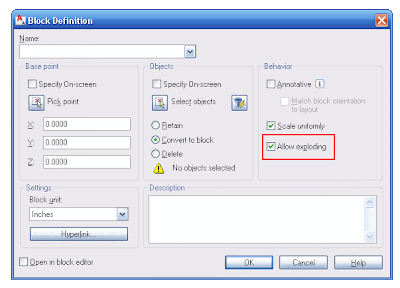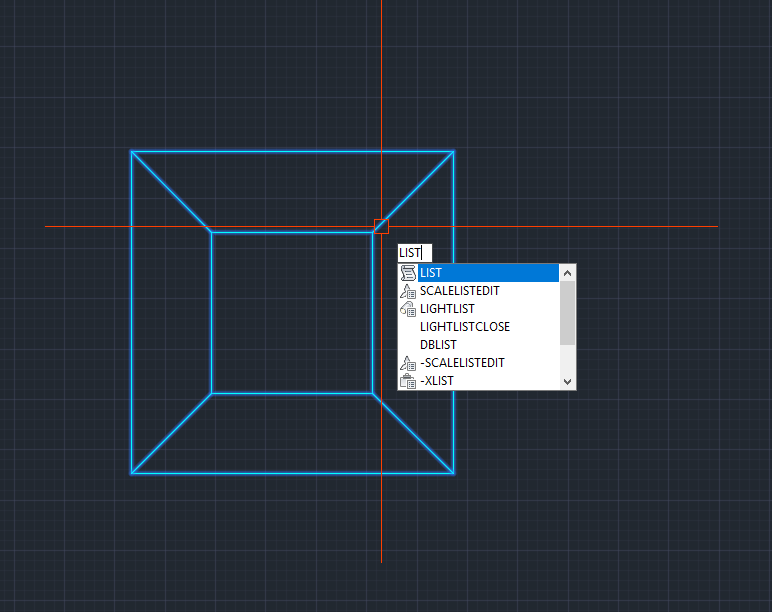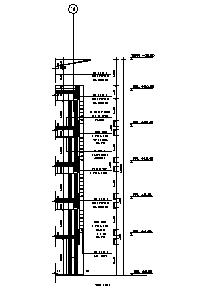
Drawings like foundation details can be created from scratch using the CAD Tools, but you can also save time by choosing a CAD block from the library, placing it into a CAD Detail window, and then modifying it to suit your needs.
#HOW DO I EXPLODE A BLOCK IN AUTOCAD WINDOWS#
Your new CAD Detail window is ready for you to add CAD objects, text, dimension lines, schedules, and more.Įxploding and Modifying a CAD Block CAD Detail windows are an excellent place for you to draw and organize your detail drawings. Type a short, descriptive name for the CAD Detail, such as "Foundation & Wall Detail" then click OK to open a new, blank CAD Detail window. An alphabetical list of all CAD Details saved with the current plan displays on the left side of the dialog.Ĭlick New to open the Create New CAD Detail dialog.

Select CAD> CAD Detail Management to open the CAD Detail Management dialog. See “Sending Views to Layout” on page 1240 of the Reference Manual. If a CAD Detail is created in a plan file, it can also be sent to layout at a specified scale. Like other views, CAD Details are saved with the plan or layout they are created in and can be printed. For more details, please visit or talk to one of the team on 01784 419922 or via the site’s live chat facility.CAD Detail Windows Exploding and Modifying a CAD BlockĬreating a New CAD Block CAD Detail from View Creating a Plot PlanĬAD Detail Windows CAD Details are special view windows for drawing, saving, and organizing any 2D drawings associated with the current plan, such as section details, plot plans, and schedules. In summary Block Editor or Edit-in-place are generally a better practice for managing blocks than explode, for the simple reason that the Explode command is rather destructive and there is no way back.īlocks, symbol libraries along with many other more advanced AutoCAD concepts are covered on our Bespoke and follow on AutoCAD courses. Save the changes to the block definition when exiting.įig Toggling the ability to explode within AutoCAD’s block editor environment. Once within the block editor environment users experience a different set of palettes and the screen colour changes to a darker grey background.Īctivate the properties palette (Ctrl+!) and set the allow exploding option to yes. Accessing Block Editor from the command prompt.

I would argue that this should always be done instead of exploding to edit blocks.īlock editor can be accessed by right clicking on the block that needs to be changed, or alternatively type BEDIT on the command line, choosing the block name from the list.įig. So far so good, but what about if circumstances change and the setting needs to be reverted? To edit the setting, the Block Editor can be used. Once done, attempts to explode the block will result in a message saying that the block cannot be exploded!

Simply untick the allow exploding option when creating the block. However, it is possible to prevent this by protecting block definitions from that situation. Use Explode with extreme caution, if at all!

Once this is done all that intelligence will be lost!įig. The Explode command within AutoCAD does have its uses, but frequently the command can become an annoyance when users explode blocks that have attributes, field and dynamic properties.


 0 kommentar(er)
0 kommentar(er)
